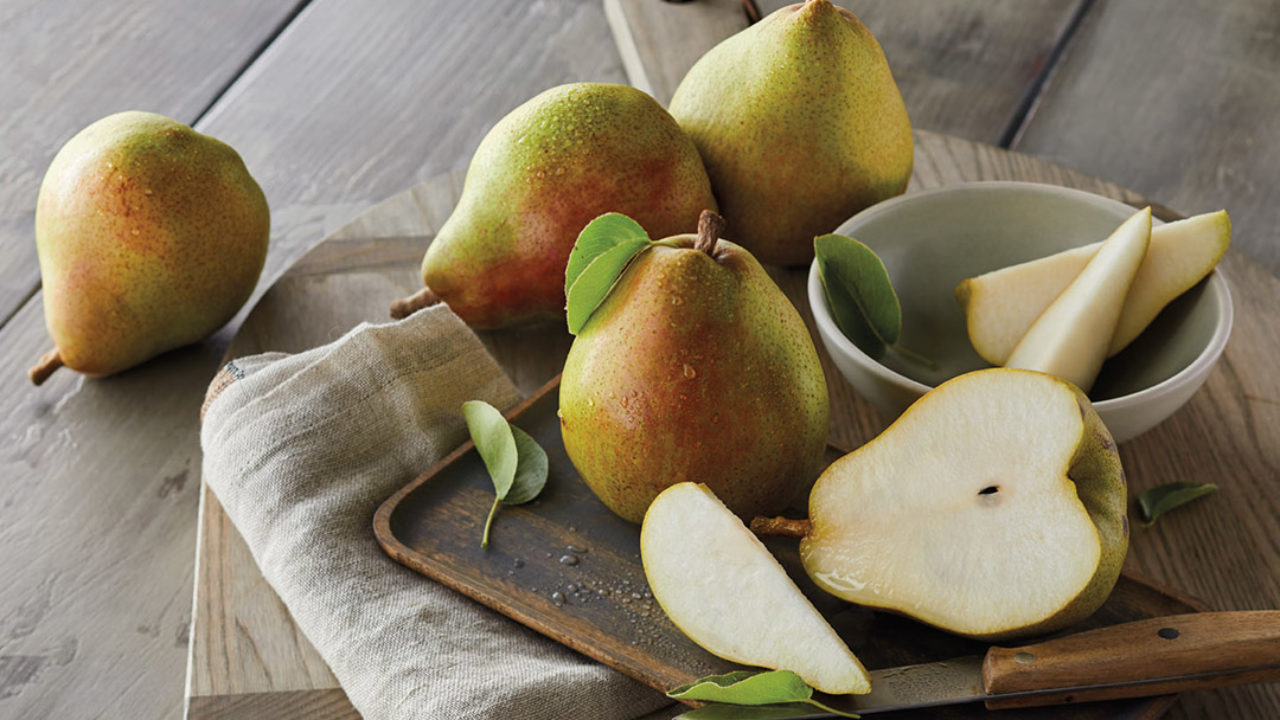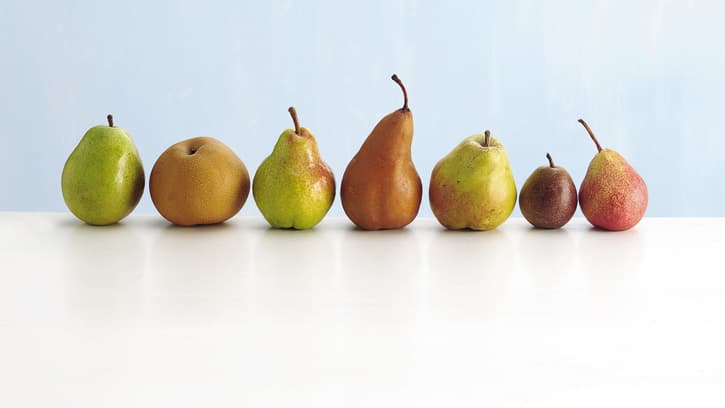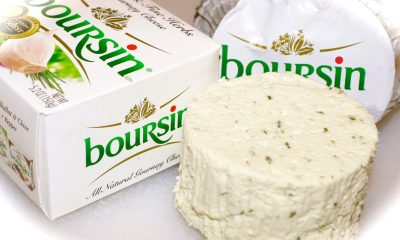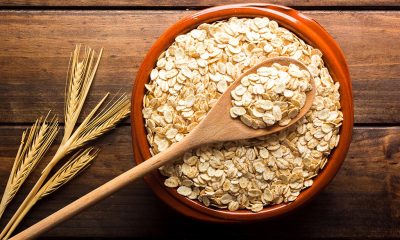Fruits
How to Tell if a Pear is Ripe
There is nothing better in life than to bite a crunchy sweet pear that dribbles down your chin with the juice.
In life, few things could give you a sour face and biting an unripe pear is one of them.
This is the time and age to avoid that. Read on to learn how to tell if a pear is ripe.

How to Tell if the Pear Is Ripe
When ripe, some pear varieties change their color. Bartlett’s pear behaves as a banana. When ready to eat, it goes from green to yellow. The transition is observed so vividly by all kinds of pears.
Feel It with Your Hand
Just press your thumb on the flesh around the stub to see whether a pear is ripe. It is ripe when the fruit is slightly soft. Don’t eat if the skin is rough. If your pear remains tough, keep it at room temperature on your counter until it’s mature.
Pears ripen within so that you can not determine the maturity of them by looking at the skin. Apply moderate pressure at the end of the stem to evaluate whether a pear is mature. It’s possibly ready to be eaten if it gives a small amount.
Pears are one of the few fruits on the tree that have not matured well. They are selected if they enter maximum dimensions, but before maturation begins. They become unpleasant in the texture if they are left on the tree to ripen.
Speed Up the Ripening Process
Put it into a bowl of other fruits that are already mature. Your pear ripens more quickly because of the ethylene gas produced by other matte fruit.
When it begins to squish in the base, a pear becomes overripe, but that doesn’t mean that they should be thrown out. Overripe pears can be used for soups, smoothies, and other purees as texture and sweetness.
The uncommon method of pear maturation also has its advantages. It gives you the chance to mix pears as appropriate. Put pears in a brown paper bag a few days before you decide to eat them. The bag captures ethylene, a gas created by most maturing fruits.
Ethylene also causes color and taste changes, turns starch into sugar, and softens the fruit. The pears should be right after a few days in the bag. After pears are ready, their shelf life is relatively short, so eat them immediately or cool them and eat them within one or two days.
Turn Them into a Sweet Soup
In a large saucepan, over medium heat, heat the oil. Add the celery and onion and cook for about 10 minutes, or until tender, but not brown. Apply chicken broth, and orange zest, to the pears.
Bring to a boil, reduce heat and cook, cover for 35 to 45 minutes, or until the tender sweet potatoes. Purée the vegetable mixture in batches, until smooth, in a food processor or blender. Give the puree back to the saucepan and mix in the pepper and nutmeg.
Cook over medium heat until fully cooked. If desired for garnishing, cut an extra pear into six wedges. Cut to shape a fan on each wedge. Ladle the soup into bowls, garnish with a pear fan on each serving, and sprinkle with parsley.
Preserve Them

Try making pear preserves at home. Pears are one of the simplest fruits to preserve since they don’t need a lot of handling. They can come in handy, just waiting in your pantry for you at any moment.
Gently wash and dry the pears. With a knife or veggie peeler, peel the pears. Cut off the stems and slice each pear lengthwise in half. Again cut the pear in half, cutting the pits and core this time. Put the cut pears and toss with the fresh lemon juice (which prevents browning).
Make a sugar syrup to two parts water with one part of sugar. You may incorporate other flavors, including cinnamon, cloves, or ginger. Cook the pears until tender in the syrup. Separate the daily canning process into sterilized jars.
Conclusion
Many pears are wonderfully consumed fresh, but if you don’t wish for them to mature entirely, try baking them in desserts, such as a free-form galette, or a gratin with breadcrumbs, ginger, marmalade, and sugar.
The autumn and winter fruit are becoming more popular, and many different varieties are currently found in good markets.




















